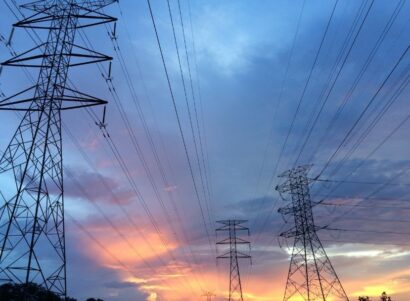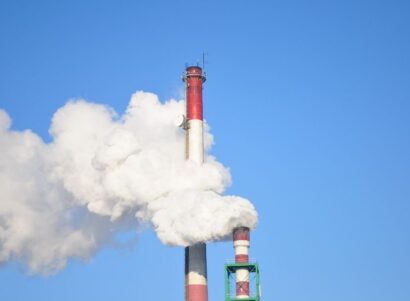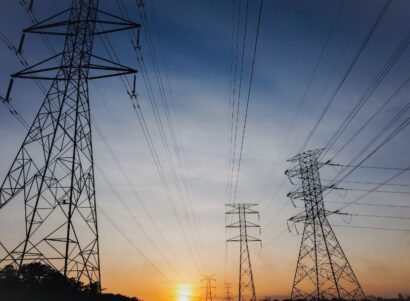Abstract
High-volume horizontal hydraulic fracturing of shale formations has the potential to make natural gas a significant, economical energy source, but the potential for harm to human health is often dismissed by proponents of this method. While adverse health outcomes of medical conditions with long latency periods will not be evident for years and will depend on the exposure, duration of exposure, dose, and other factors, we argue that it would be prudent to begin to track and monitor trends in the incidence and prevalence of diseases that already have been shown to be influenced by environmental agents. The dirty downside of modern, unconventional natural gas development, as well as the potential for harm, is discussed.

 Study
Study






